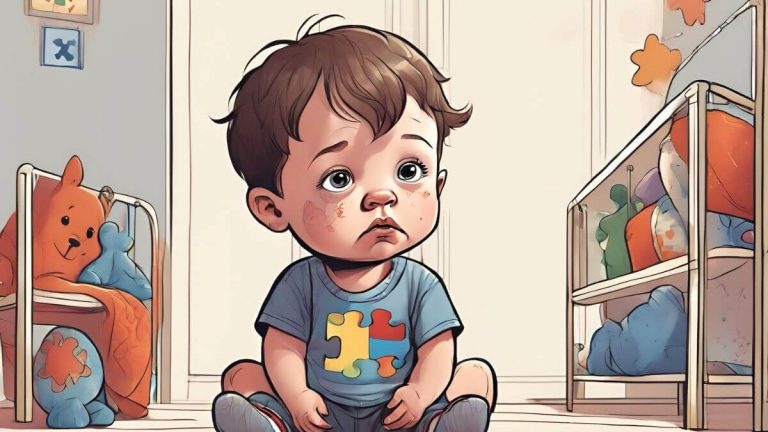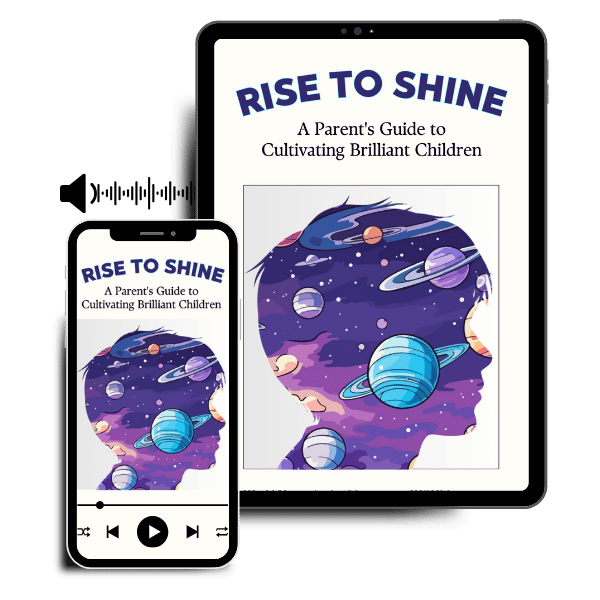Identifying Early Autism Signs in Toddlers


Autism spectrum disorder (ASD) is a developmental disorder that affects communication, behavior, and social interactions. Early detection of autism is crucial as it can significantly improve the outcomes for children by allowing for timely interventions. This article will help you understand the early signs of autism in toddlers, how to detect them, and what steps to take if you suspect your child may have autism.
Autism spectrum disorder is characterized by a range of symptoms that can vary widely in severity. It is a lifelong condition that affects individuals differently, making early detection essential for providing the appropriate support and interventions. According to recent statistics, about 1 in 54 children in the United States is diagnosed with ASD, with boys being four times more likely to be diagnosed than girls. Early diagnosis can help in tailoring interventions to meet the specific needs of each child.
Social Interaction: One of the earliest signs of autism can be seen in how toddlers interact with others.
Communication: Communication delays are often one of the first noticeable signs of autism.
Behavioral Patterns: Certain repetitive behaviors and routines can also be indicators of autism.
Related Reading: Recognizing Symptoms and Getting Help
Understanding typical developmental milestones can help identify red flags that may indicate autism. For instance, by 12 months, most children will be able to respond to their name, use simple gestures, and show interest in playing with others. By 24 months, they typically speak in short phrases and engage in pretend play. If your child is not meeting these milestones, it may be worth consulting a healthcare provider.
Early detection involves monitoring your child’s development and seeking professional evaluation if there are concerns. Regular developmental screenings by pediatricians are crucial. Parents can use tools like the Modified Checklist for Autism in Toddlers, Revised with Follow-Up (M-CHAT-R/F) to assess their child’s risk for autism. If you notice any signs or have concerns, it’s important to seek a professional evaluation.
If you suspect your child may have autism, take the following steps:
Parents and caregivers play a vital role in early detection and intervention. Creating a supportive environment and engaging in activities that promote development can make a significant difference. Strategies include:
Related Reading: Supporting Children with ASD
Early detection of autism in toddlers is crucial for providing the necessary support and interventions to help them thrive. By recognizing the signs and taking prompt action, parents and caregivers can make a positive impact on their child’s development. Remember, seeking help and support early can lead to better outcomes and a brighter future for children with autism.
References:
1. What are the early signs of autism in toddlers?
Early signs of autism in toddlers can vary, but some common indicators include delayed speech or language skills, limited eye contact, lack of response to their name, repetitive behaviors (such as hand-flapping or rocking), and difficulty with social interactions. Identifying early autism signs in toddlers can help with timely intervention and support.
2. At what age can autism be diagnosed in toddlers?
Autism can be diagnosed in toddlers as early as 18 months, although many signs may be noticeable even earlier. Early diagnosis is crucial for starting early interventions that can significantly improve developmental outcomes. Identifying early autism signs in toddlers involves careful observation and consultation with healthcare professionals.
3. How do I know if my toddler is showing signs of autism?
Parents can identify early autism signs in toddlers by observing behaviors such as a lack of babbling or pointing by age one, not playing “pretend” games, avoiding eye contact, and being unusually focused on specific objects. If you notice these signs, it’s important to consult with a pediatrician for a professional evaluation.
4. What are the key milestones for detecting autism in toddlers?
Key milestones for detecting autism in toddlers include social, communication, and behavioral aspects. By 12 months, toddlers should respond to their name and show interest in social interactions. By 18 months, they should use simple words and gestures. Delays or abnormalities in these milestones can be early signs of autism in toddlers.
5. How can early intervention help toddlers with autism?
Early intervention can significantly improve the developmental trajectory for toddlers with autism. Identifying early autism signs in toddlers allows for timely therapies that can enhance communication skills, social interactions, and adaptive behaviors. Early intervention programs can provide tailored support to meet each child’s unique needs.

Get Your Resources to Your Email Now!